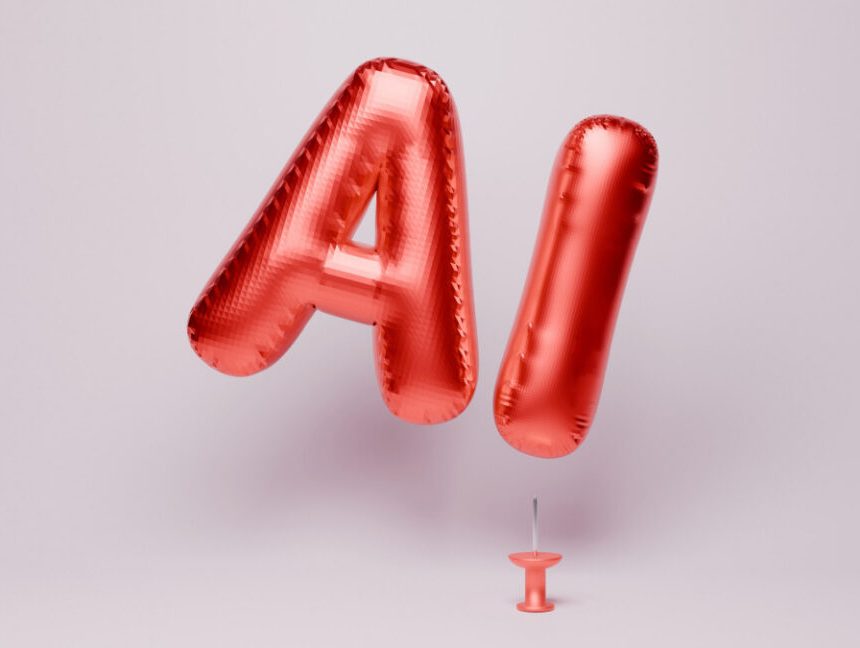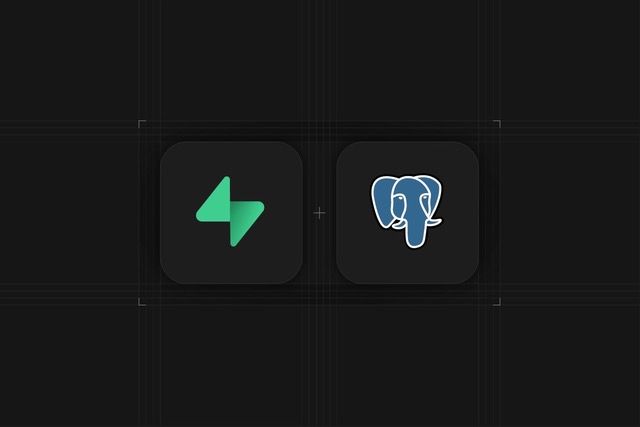Even in its simplified form, however, it’s still a model of a quantum system, with all the computational complexity that comes with that. So the Quantinuum team modeled a few systems that classical computers struggle with. One was simply looking at a larger grid of atoms than most classical simulations have done; another expanded the grid in an additional dimension, modeling layers of a material. Perhaps the most complicated simulation involved what happens when a laser pulse of the right wavelength hits a superconductor at room temperature, an event that briefly induces a superconducting state.
And the system produced results, even without error correction. “It’s maybe a technical point, but I think it’s very important technical point, which is [that] the circuits that we ran, they all had errors,” Dreyer told Ars. “Maybe on the average of three or so errors, and for some reason, that is not very fully understood for this application, it doesn’t matter. You still get almost the perfect result in some of these cases.”
That said, he also indicated that having higher-fidelity hardware would help the team do a better job of putting the system in a ground state or running the simulation for longer. But those will have to wait for future hardware.
What’s next
If you look at Quantinuum’s roadmap for that future hardware, Helios would appear to be the last of its kind. It and earlier versions of the processors have loops and large straight stretches; everything in the future features a grid of squares. But both Strabley and Hayes said that Helios has several key transitional features. “Those ions are moving through that junction many, many times over the course of a circuit,” Strabley told Ars. “And so it’s really enabled us to work on the reliability of the junction, and that will translate into the large-scale systems.”


